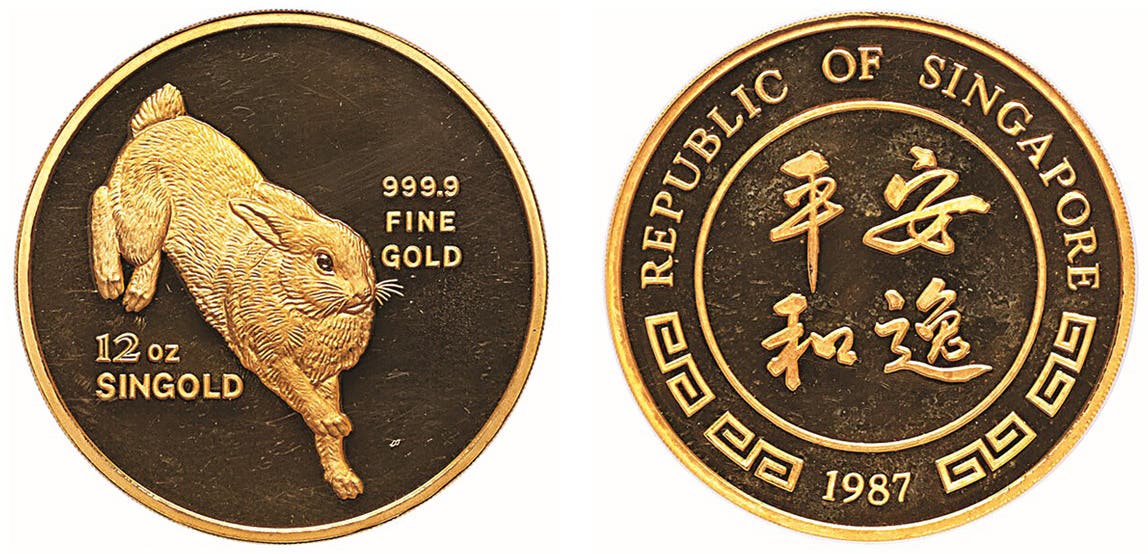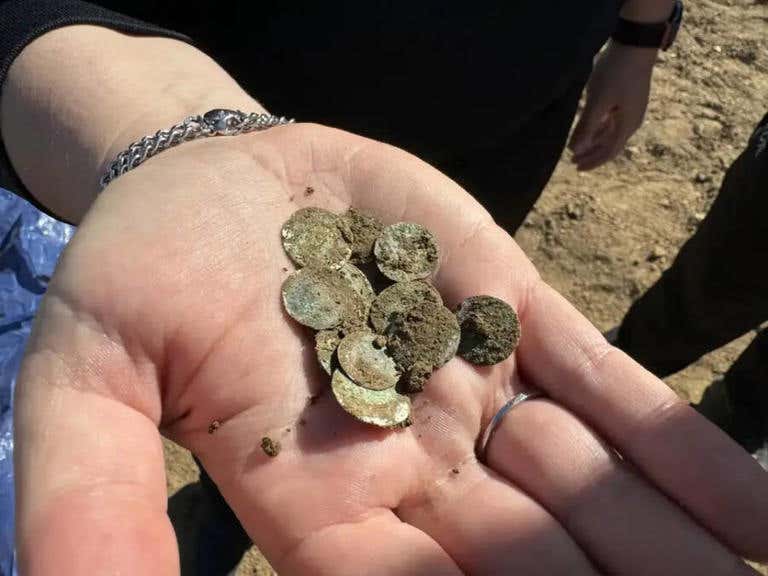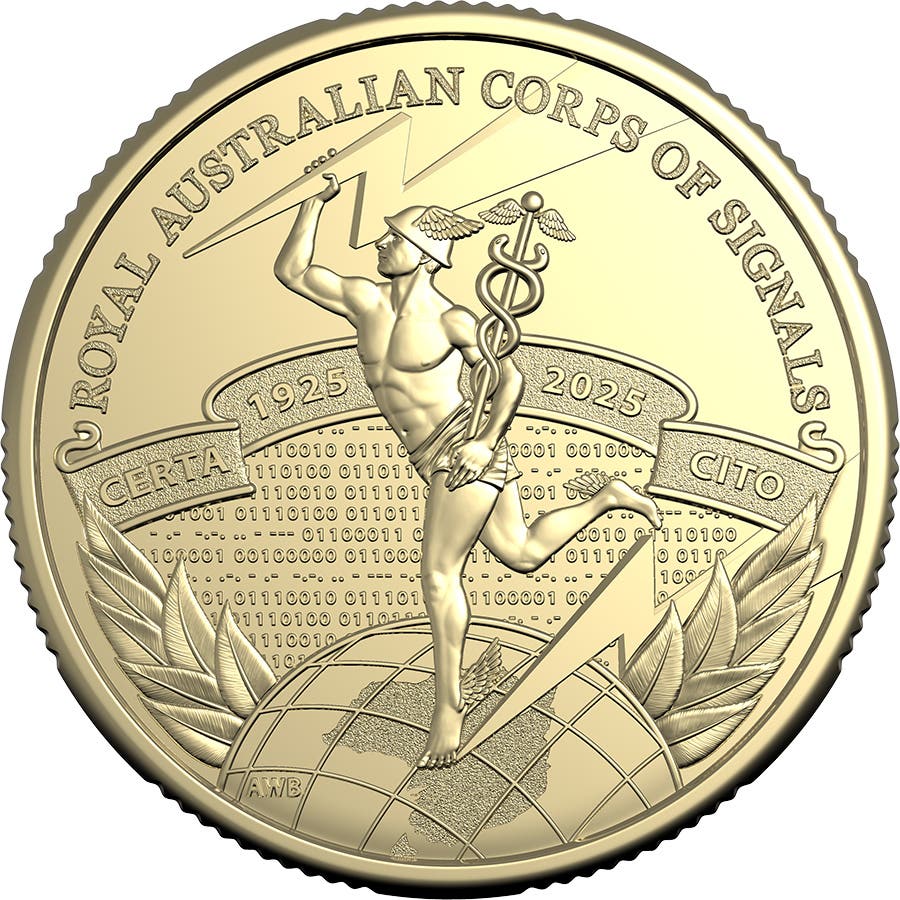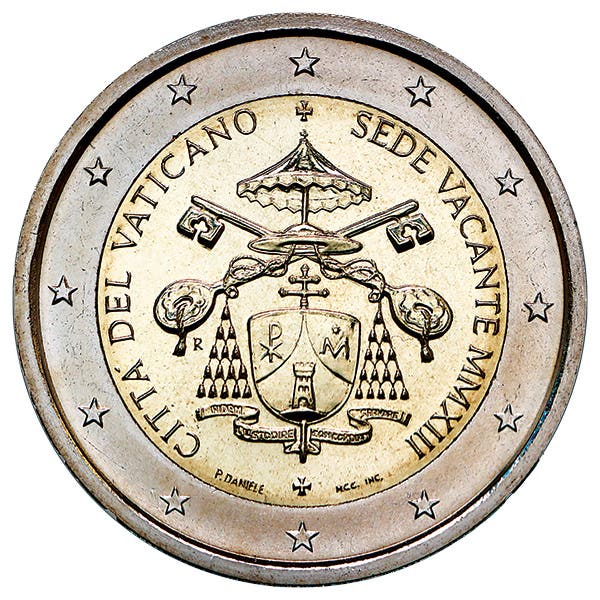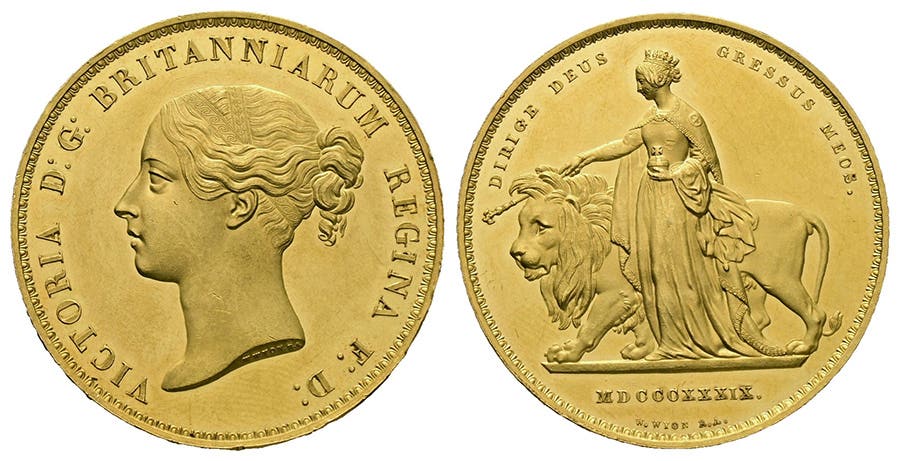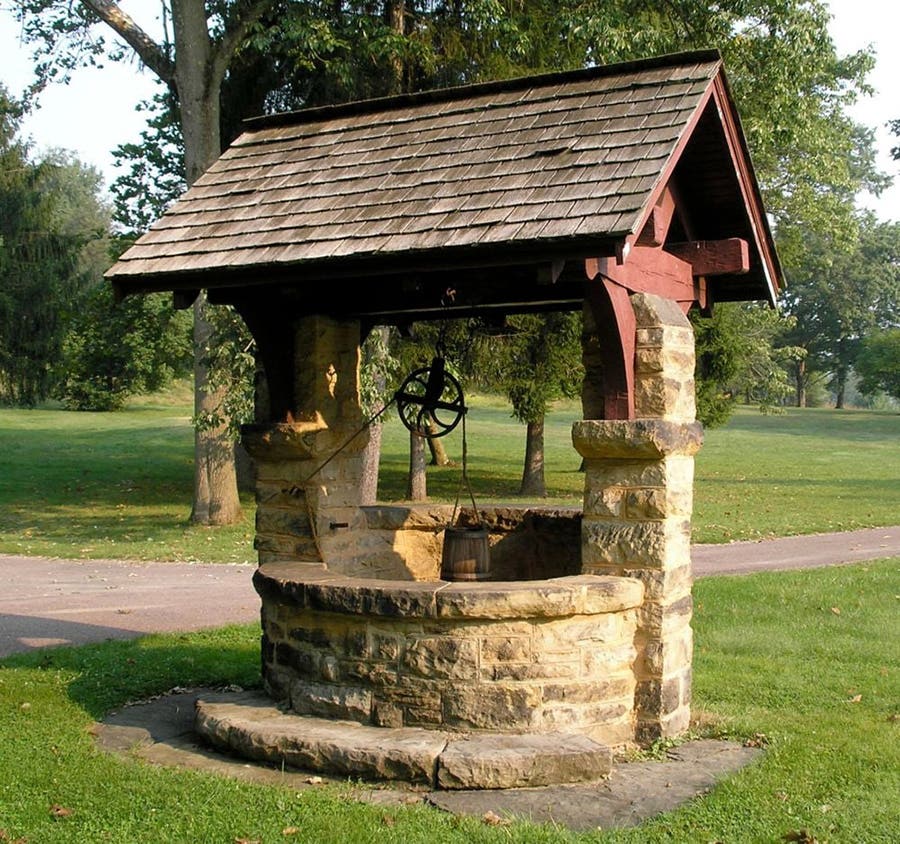World Coin Clinic: The Truths and Consequences of Slabbing Coins
Richard Giedroyc explains the benefits and pitfalls of coin encapsulation.
What is the best way to crack a coin out of a slab?
You first must consider the reason you want to get the coin out of the holder. There is a risk to the coin and yourself should you decide to go forward. One of the most obvious ways is to place the holder on a hard surface and then hit it with a hammer. You may also be able to use a wide tool or knife against the flat edge of the slab. Yet a third possible way is to place the slab in a vice and slowly get it to buckle. No matter what method you use, keep in mind the plastic holder can splinter, injuring yourself and damaging the coin.
If I take a coin out of a slab, can I still sell the coin with the slab label to prove the grade?
Once a coin has been removed from its third-party certification service holder, it will no longer be associated with that information by most collectors because it is too easy to switch coins. A similar problematic scenario happened when photographic coin certificates were given when third-party authentication services first began.
How popular is slabbing ancient coins?
There are no reliable data on this question, so the jury is out. In general, most collectors of ancient coins worldwide appear to dislike coins being encapsulated. I have been to shows where the floor around the table of an ancient coin dealer is littered with broken slab fragments. Collectors in the U.S. are used to seeing our domestic coins slabbed and, for this reason, appear to be more tolerant of ancient coins being treated the same way.
What reasons have been given for not slabbing ancient coins?
Some individuals want to be able to examine the edge of these coins, something that can’t be done if it has been encapsulated. Others have said the label on encapsulated coins retains only limited information, while older tags with provenance and other text are more likely to be misplaced due to the slabbing. Yet others have said they aren’t comfortable with ancient coins being slabbed since the service that does this won’t stand behind any determination of their authentication.
Are coin banks considered to be exonumia?
The late Russ Rulau, an enthusiast of tokens, first used the term exonumia. In general, exonumia identifies badges, counter-stamped coins, elongated coins, encased coins, medals, souvenir medallions, phaleristics, tags, tokens, wooden nickels, and other items that aren’t coins or paper money.
I’m not familiar with phaleristics. What does that include?
Phaleristics or faleristics is the study of awards and other recognitions given by fraternities, governments, orders, and the military. These can be academic, civil, national, official, or religious in nature and include badges, suspended and non-suspended medals, pins, and ribbon bars. In general, something phaleristic is an order or decoration.
E-mail inquiries to Giedroyc@Bright.net. Because of space limitations, we are unable to publish all questions.
You may also like:



